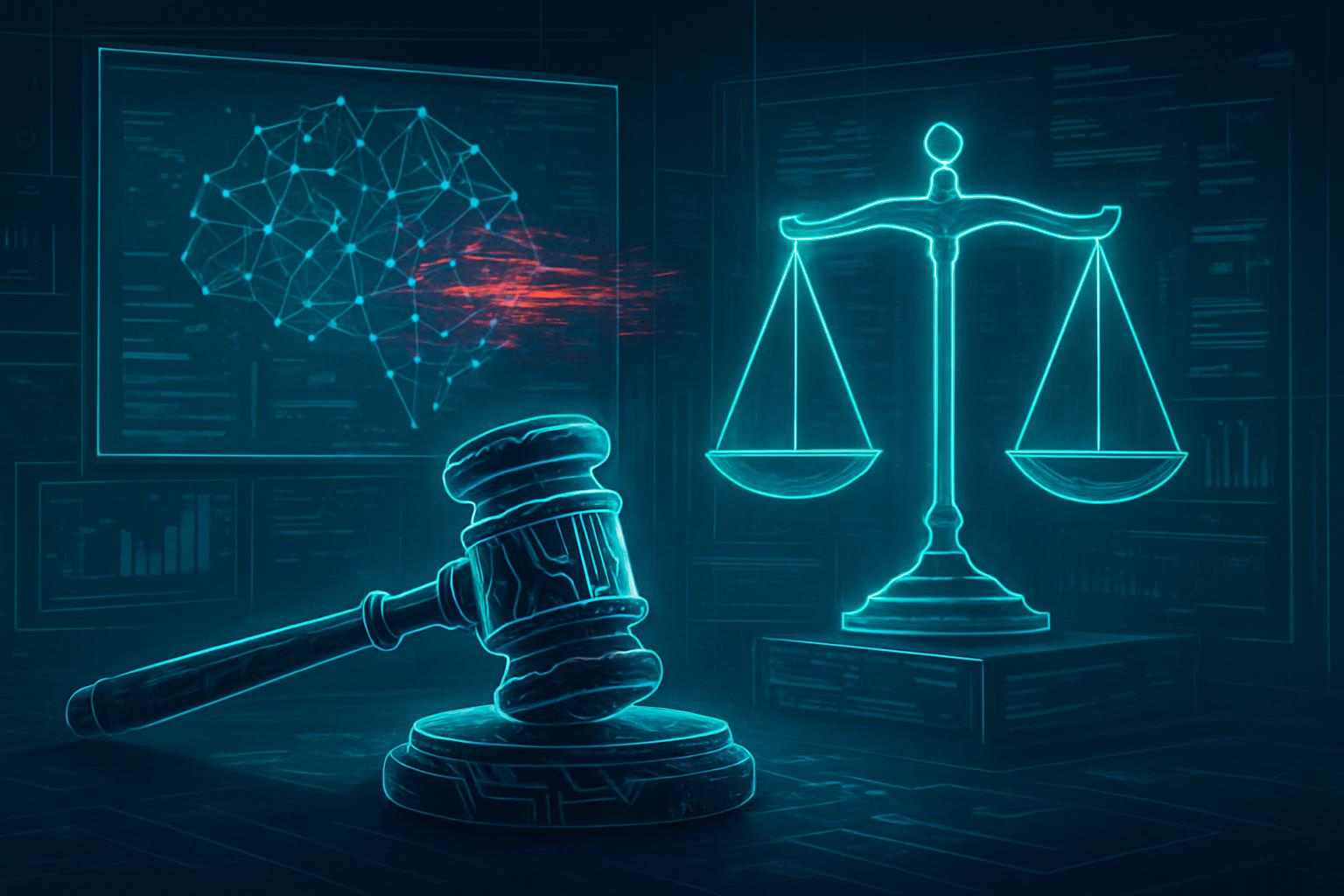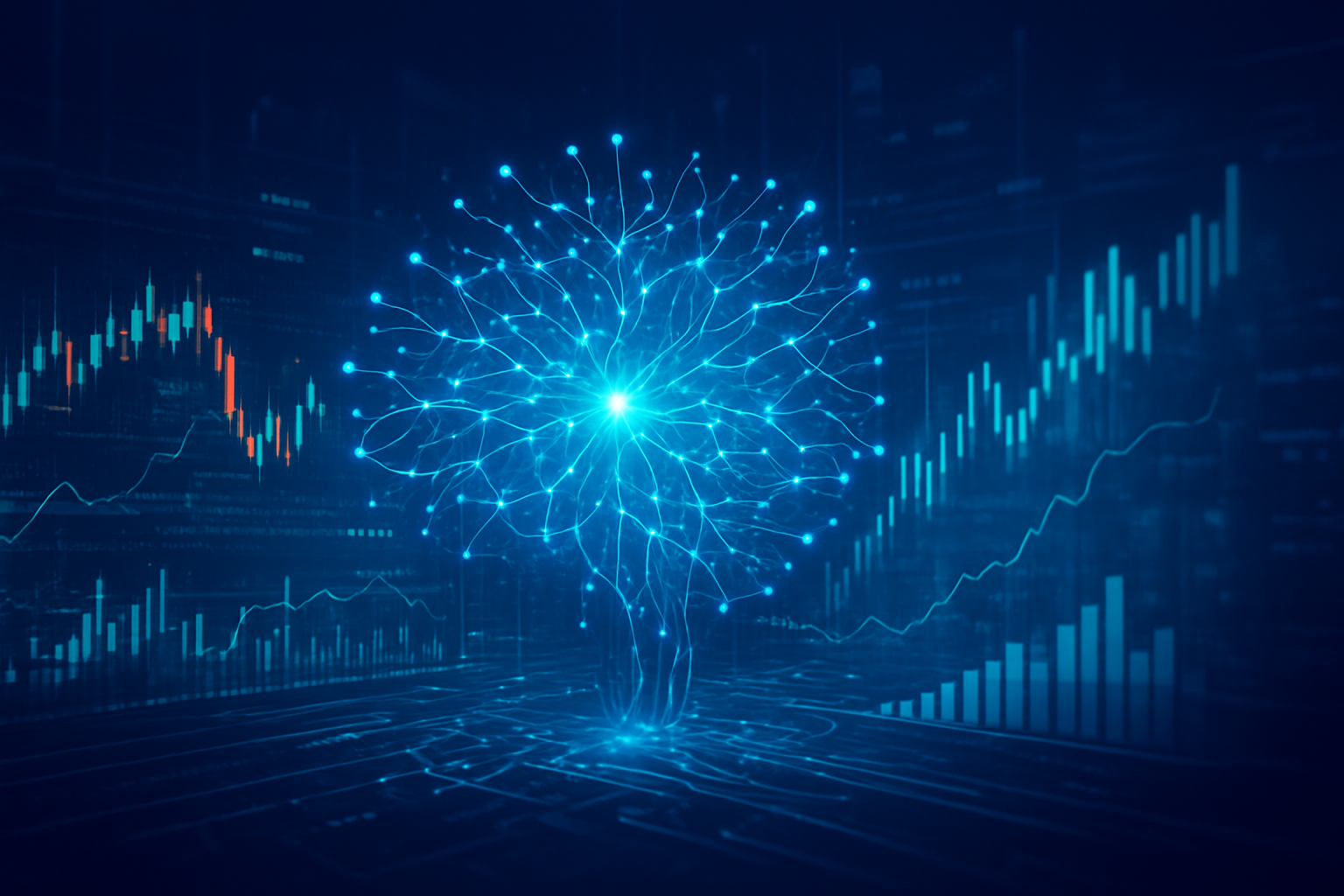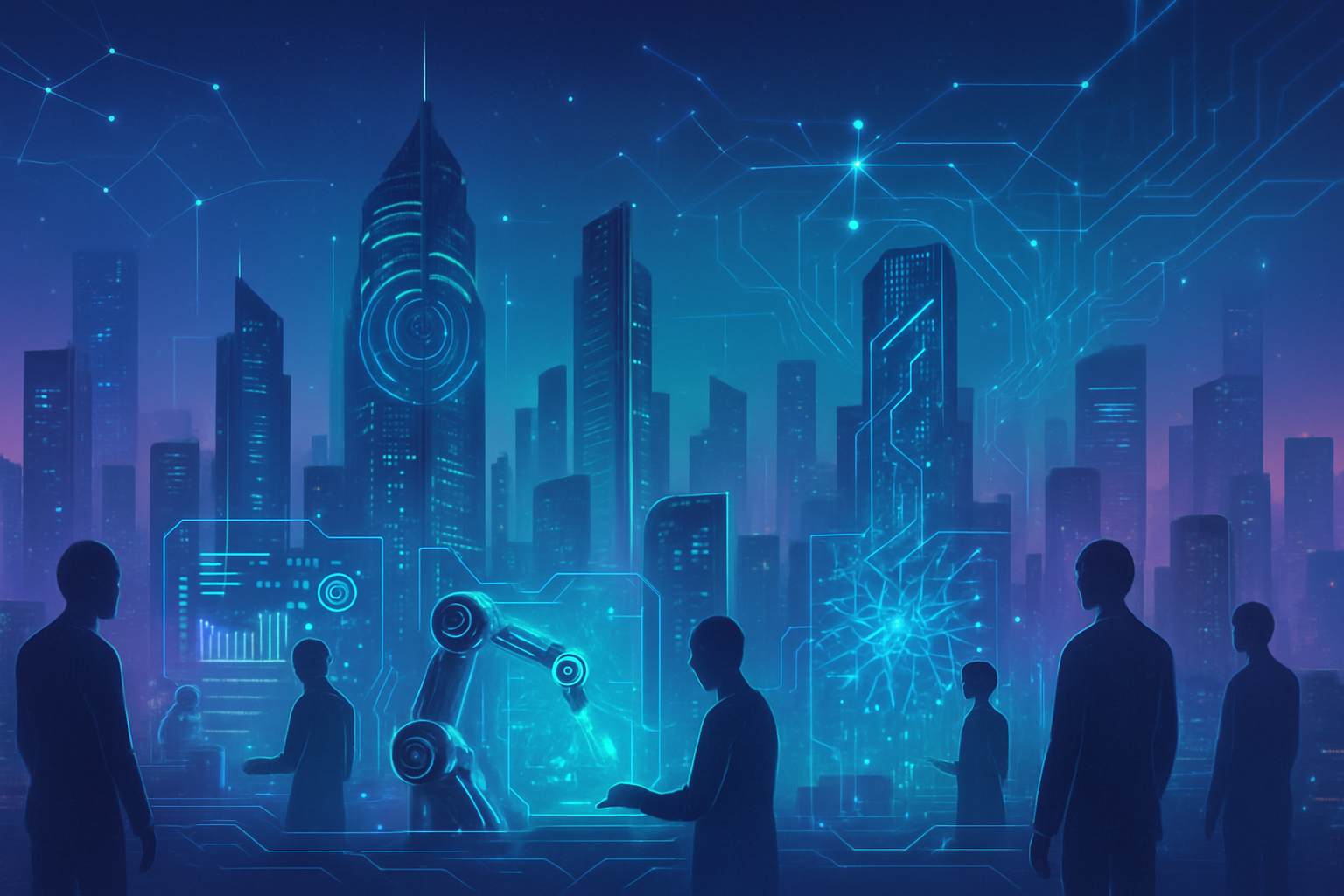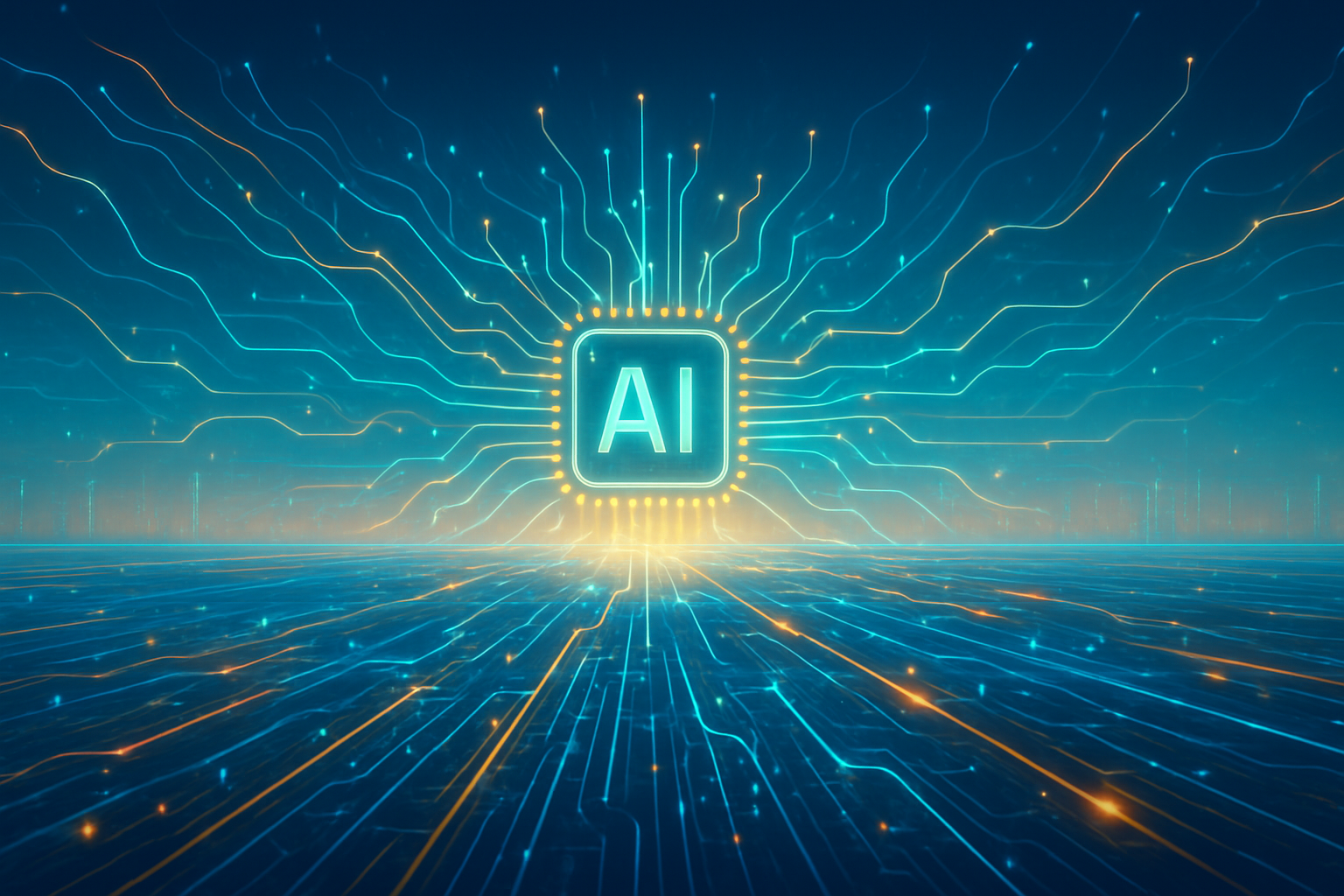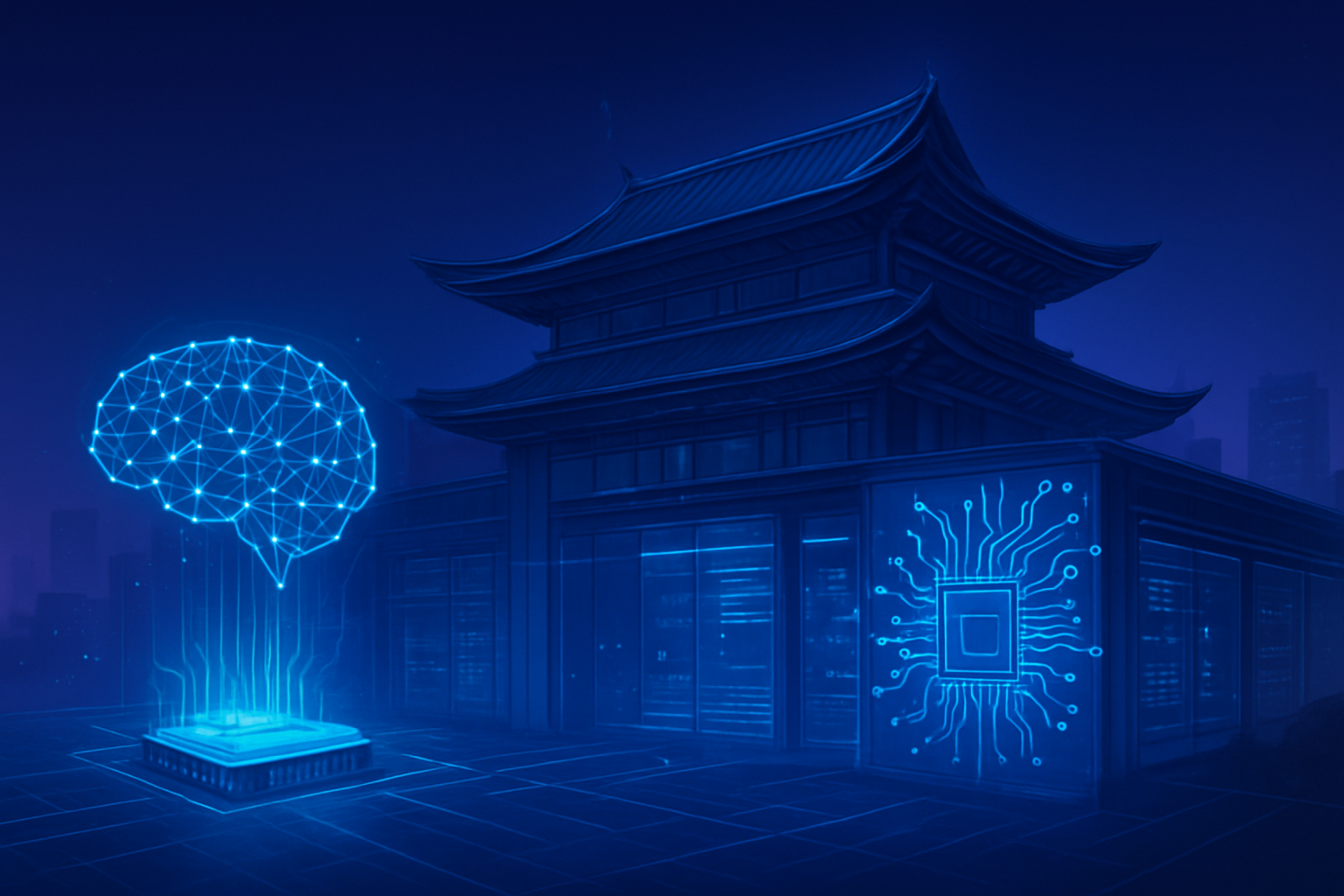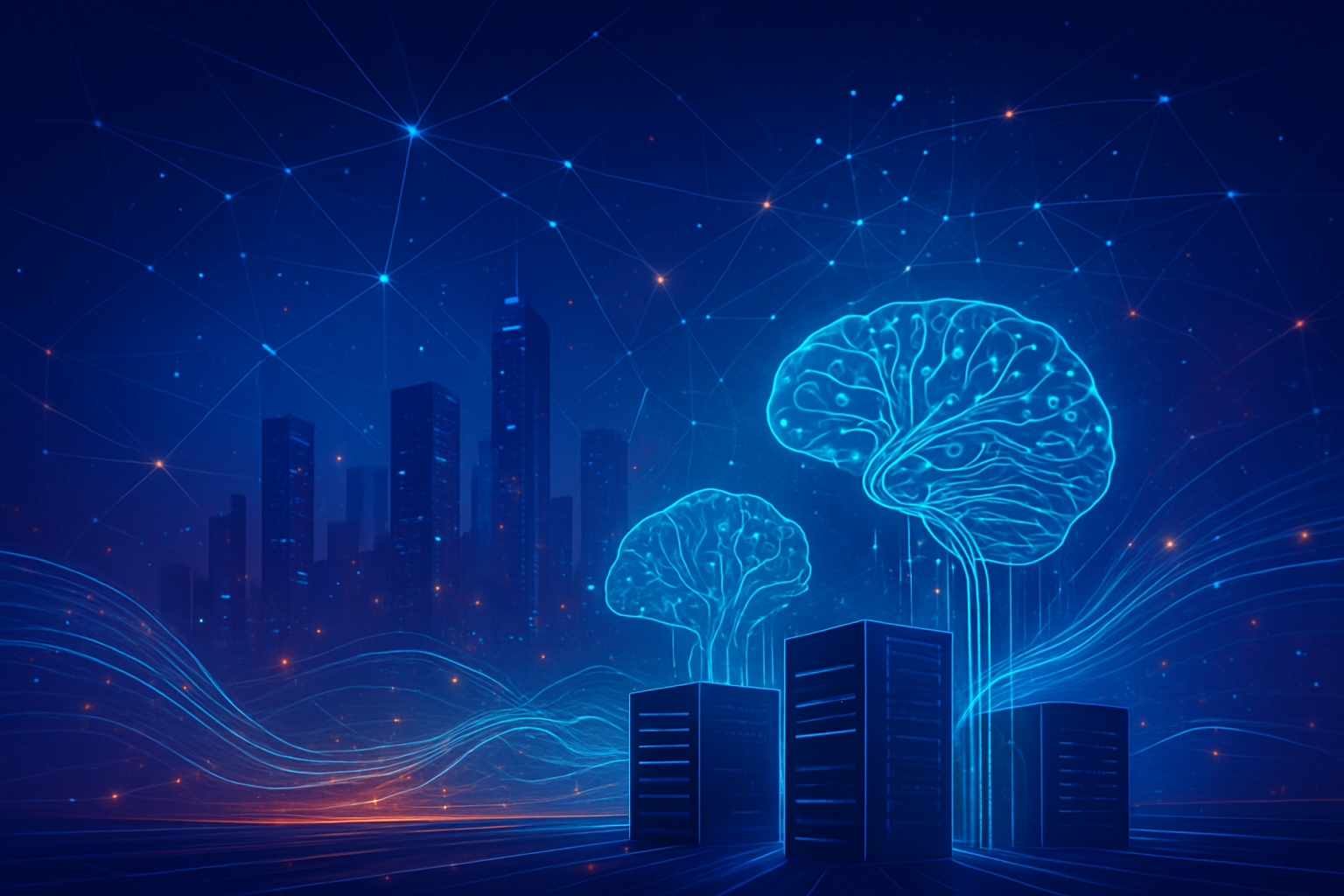A groundbreaking new study has unveiled the significant potential of artificial intelligence to actively combat the insidious spread of hate speech and antisemitism online. At the forefront of this revelation is an innovative chatbot named "DebunkBot," which has demonstrated a remarkable ability to weaken belief in deeply rooted conspiracy theories. This research marks a pivotal moment, showcasing AI's capacity to move beyond mere content moderation and proactively engage with individuals to dismantle pervasive misinformation, heralding a new era of responsible AI applications for profound societal impact.
The core problem DebunkBot aims to solve is the widespread and growing adherence to conspiracy theories, particularly those that are antisemitic, and their notorious resistance to traditional debunking methods. For years, factual counter-arguments have proven largely ineffective in altering such beliefs, leading to extensive literature explaining why conspiratorial mindsets are so resilient. These theories are often nuanced, highly personalized, and frequently weaponized for political purposes, posing a real threat to democracy and fostering environments where hate speech thrives. The immediate significance of DebunkBot lies in its proven ability to effectively reduce individuals' confidence in these theories and lessen their overall conspiratorial mindset, even those with deep historical and identity-based connections.
Debunking the Deep-Seated: A Technical Dive into DebunkBot's Innovative Approach
DebunkBot, developed by a collaborative team of researchers at MIT, Cornell University, and American University, represents a significant technical leap in the fight against misinformation. Its core functionality hinges on advanced large language models (LLMs), primarily GPT-4 Turbo, OpenAI's (OTCQX: OpenAI) most sophisticated LLM at the time of the studies. A specialized variant of DebunkBot designed to counter antisemitic theories also leveraged Microsoft's (NASDAQ: MSFT) Claude AI model, demonstrating the versatility of underlying AI infrastructure.
The key innovation lies in DebunkBot's personalized, adaptive engagement. Unlike generic fact-checking, the AI processes a user's specific conspiracy theory and their supporting "evidence" to craft precise, relevant counterarguments that directly address the user's points. This deep personalization is crucial for tackling the individualized cognitive frameworks that often reinforce conspiratorial beliefs. Furthermore, the bot adopts an empathetic and non-confrontational tone, fostering dialogue and critical inquiry rather than outright rejection, which encourages users to question their preconceptions without feeling attacked. It leverages the vast knowledge base of its underlying LLM to present factual evidence, scientific studies, and expert opinions, even validating historically accurate conspiracies when presented, showcasing its nuanced understanding.
This approach fundamentally differs from previous methods. Traditional fact-checking often relies on one-size-fits-all rebuttals that fail against deeply held beliefs. Human attempts at debunking can become confrontational, leading to entrenchment. DebunkBot's scalable, non-confrontational persuasion, coupled with its focus on nurturing critical thinking, challenges established social-psychological theories that suggested evidence was largely ineffective against conspiracy theories. Initial reactions from the AI research community have been overwhelmingly positive, with researchers hailing the demonstrated 20% reduction in belief, sustained for at least two months, as a "breakthrough." There's significant optimism about integrating similar AI systems into various platforms, though ethical considerations regarding trust, bias, and the "single point of failure" dilemma are also being carefully discussed.
Reshaping the AI Landscape: Implications for Tech Giants and Startups
DebunkBot's success signals a transformative period for the AI industry, shifting the focus from merely detecting and removing harmful content to actively counteracting and reducing the belief in false narratives. This creates distinct advantages and competitive shifts across the technology sector.
Foundational LLM Developers like OpenAI (OTCQX: OpenAI), Google (NASDAQ: GOOGL) with its Gemini models, Meta (NASDAQ: META) with Llama, and Anthropic (private) with Claude, stand to benefit immensely. Their sophisticated LLMs are the bedrock of such personalized debunking tools, and the ability to fine-tune these models for specific counter-speech tasks will become a key differentiator, driving demand for their core AI platforms. Social media giants like Meta (Facebook, Instagram), X (formerly Twitter) (NYSE: X), and TikTok (private), which constantly grapple with vast amounts of hate speech and misinformation, could significantly enhance their content moderation efforts and improve user experience by integrating DebunkBot's principles. This could also help them address mounting regulatory pressures.
The emergence of effective debunking AI will also foster a new ecosystem of AI ethics, safety, and content moderation startups. These companies can offer specialized solutions, consultation, and integration services, potentially disrupting traditional content moderation models that rely heavily on human labor or simpler keyword-based detection. The market could see the rise of "persuasive AI for good" products, focused on improving online discourse rather than just policing it. Companies that successfully deploy these AI-powered debunking mechanisms will differentiate themselves by offering safer, more trustworthy online environments, thereby attracting and retaining users and enhancing their brand reputation. This represents a strategic advantage, allowing companies to move beyond reactive harm reduction to proactive engagement, contributing to user well-being, and potentially influencing future regulatory frameworks.
A New Frontier: Wider Significance and Societal Impact
DebunkBot's success in reducing conspiratorial beliefs, including those underpinning antisemitism, marks a significant milestone in the broader AI landscape. It represents a potent application of generative AI for social good, moving beyond traditional content moderation's reactive nature to proactive, persuasive intervention. This aligns with the broader trend of leveraging advanced AI for information hygiene, recognizing that human-only moderation is insufficient against the sheer volume of digital content.
The societal impacts are potentially profound and largely positive. By fostering critical evaluation and reflective thinking, such tools can contribute to a more informed online discourse and safer digital spaces, making it harder for hate speech and radicalization to take root. AI offers a scalable solution to a problem that has overwhelmed human efforts. However, this advancement is not without its concerns. Ethical dilemmas surrounding censorship, free speech, and algorithmic bias are paramount. AI models can inherit biases from their training data, potentially leading to unfair outcomes or misinterpreting nuanced content like sarcasm. The "black box" nature of some AI decisions and the risk of over-reliance on AI, creating a "single point of failure," also raise questions about transparency and accountability. Comparisons to previous AI milestones, such as early keyword-based hate speech detectors or even Google's Jigsaw "Perspective" tool for comment toxicity, highlight DebunkBot's unique interactive, persuasive dialogue, which sets it apart as a more sophisticated and effective intervention.
The Road Ahead: Future Developments and Emerging Challenges
The future of AI in combating hate speech and antisemitism, as exemplified by DebunkBot, is poised for significant evolution. In the near term (1-3 years), we can expect AI models to achieve enhanced contextual understanding, adeptly navigating nuance, sarcasm, and evolving slang to identify coded hate speech across multiple languages and cultures. Real-time analysis and proactive intervention will become more efficient, enabling quicker detection and counter-narrative deployment, particularly in live streaming environments. Integration of DebunkBot-like tools directly into social media platforms and search engines will be a key focus, prompting users with counter-arguments when they encounter or search for misinformation.
Longer term (5-10+ years), advanced AI could develop predictive analytics to foresee the spread of hate speech and its potential link to real-world harm, enabling preventative measures. Generative AI will likely be used not just for debunking but for creating and disseminating positive, empathetic counter-narratives designed to de-escalate conflict and foster understanding at scale. Highly personalized, adaptive interventions, tailored to an individual's specific beliefs, learning style, and psychological profile, are on the horizon. However, significant challenges remain. Technically, defining hate speech consistently across diverse contexts and keeping pace with its evolving nature will be a continuous battle. Ethically, balancing freedom of expression with harm prevention, ensuring transparency, mitigating algorithmic bias, and maintaining human oversight will be crucial. Societally, the risk of AI being weaponized to amplify disinformation and the potential for creating echo chambers demand careful consideration. Experts predict continued collaboration between governments, tech companies, academia, and civil society, emphasizing human-in-the-loop systems, multidisciplinary approaches, and a strong focus on education to ensure AI serves as a force for good.
A New Chapter in AI's Battle for Truth
DebunkBot’s emergence marks a crucial turning point in the application of AI, shifting the paradigm from passive moderation to active, persuasive intervention against hate speech and antisemitism. The key takeaway is the proven efficacy of personalized, empathetic, and evidence-based AI conversations in significantly reducing belief in deeply entrenched conspiracy theories. This represents a monumental step forward in AI history, demonstrating that advanced large language models can be powerful allies in fostering critical thinking and improving the "epistemic quality" of public beliefs, rather than merely contributing to the spread of misinformation.
The long-term impact of such technology could fundamentally reshape online discourse, making it more resilient to the propagation of harmful narratives. By offering a scalable solution to a problem that has historically overwhelmed human efforts, DebunkBot opens the door to a future where AI actively contributes to a more informed and less polarized digital society. However, this promising future hinges on robust ethical frameworks, continuous research, and vigilant human oversight to guard against potential biases and misuse. In the coming weeks and months, it will be critical to watch for further research refining DebunkBot's techniques, its potential integration into major online platforms, and how the broader AI community addresses the intricate ethical challenges of AI influencing beliefs. DebunkBot offers a compelling vision for AI as a powerful tool in the quest for truth and understanding, and its journey from groundbreaking research to widespread, ethical deployment is a narrative we will follow closely.
This content is intended for informational purposes only and represents analysis of current AI developments.
TokenRing AI delivers enterprise-grade solutions for multi-agent AI workflow orchestration, AI-powered development tools, and seamless remote collaboration platforms.
For more information, visit https://www.tokenring.ai/.


